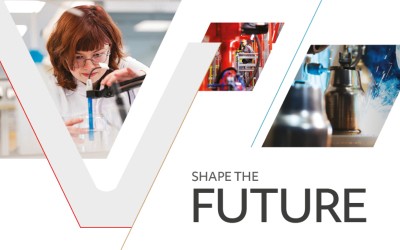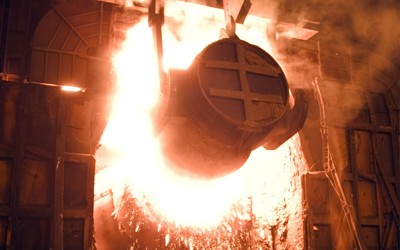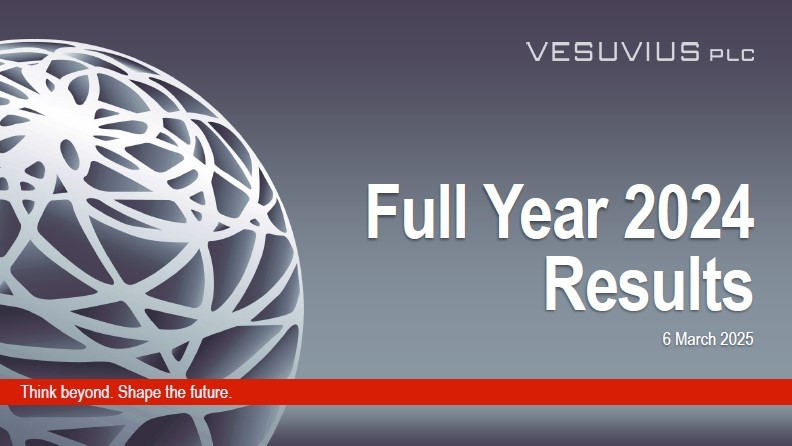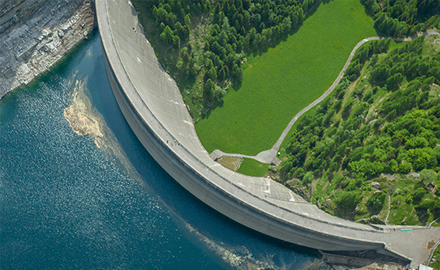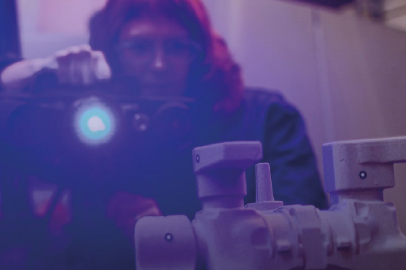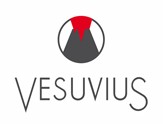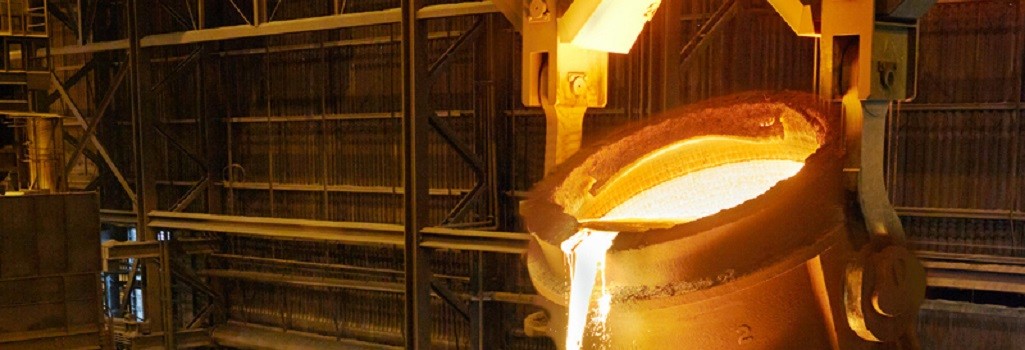Carbon Bonded Working Linings
Benefits of Vesuvius solutions
- Improved corrosion resistance
- Cleaner steel
- Reduced CO2 emissions
- Energy savings
- Potential to increase ladle capacity
Engineered materials
Supermag* range of standard and low carbon steel ladle products
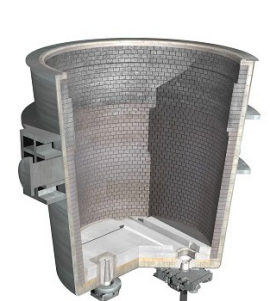
Low-carbon material technology
- Low carbon: reduces the potential for carbon pick-up in the steel melt
- Low conductivity: offers lower heat transfer and energy losses from the ladle
- Excellent slag resistance: comparable to high carbon containing products
- Optimized structural flexibility: to maintain good resistance to thermo-mechanical cracking and spalling
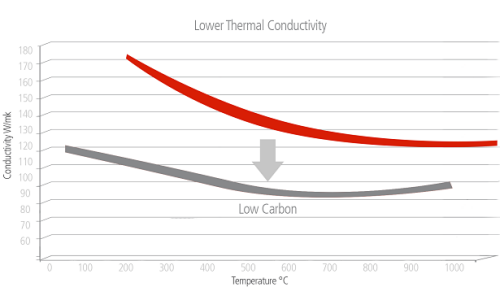
| Low carbon material technology | |||
|---|---|---|---|
| Ladle area | Typical material | Typical steel ladle carbon levels | Vesuvius target carbon level |
| Slag line | Magnesia-carbon (MgO-C) | 10-12% C | 5-7% C |
| Sidewall | Magnesia, antioxidants & graphite (AMG) Megnesia alumina carbon (MAC) Magnesia carbon (MgO-C) brick |
5-8% C | 2-4% C |
| Bottom | AMG or MgO-C brick | 5-8% Carbon |
2-4% Carbon |
Cast Ladle Lining Solutions
Benefits of Vesuvius solutions
- Contain steel and slag safely
- Maximise capacity - utilising the thinnest lining possible
- No negative effect on steel quality
- Long, balanced and predictable life
- Low heat loss
- Low thermal capacity
- Keep shell cool
- Optimised steel yield
- Low carbon footprint
Engineered materials
Synthetic Spinel & Spinel-Forming Castables
Self-Flow“
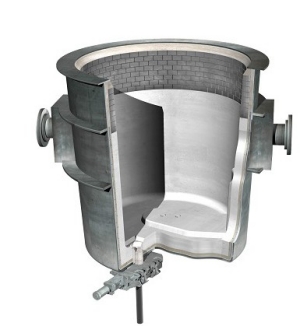
Installation expertise
- Design Services
- Experienced installation personnel - either Vesuvius’ installation teams or certified partners – trained to optimally install all Vesuvius Monolithic Refractory solutions, using approved installation equipment.
Installation equipment
Specialized installation equipment; designed to obtain the optimal installation efficiency and lining performance from Vesuvius Monolithic Refractory materials
Ladle Lining Maintenance
Engineered lining maintenance utilizing laser measurement technology with robotic gunning repair.


